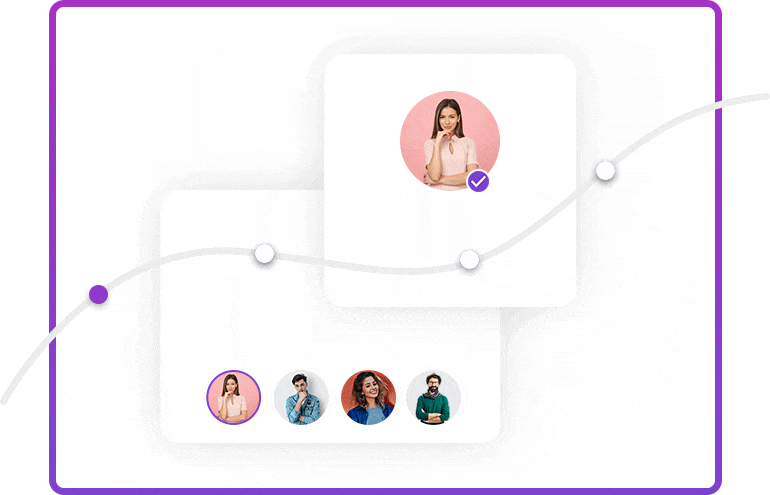
🖼️ AI in Digital Art and Illustration
The rise of AI in digital art and illustration has fundamentally changed the way artists and designers approach their craft. AI-powered tools can generate detailed artwork, assist in concept creation, and even autonomously paint in the style of famous artists. With the introduction of machine learning algorithms, AI can now analyze thousands of artistic styles and replicate them with stunning accuracy. This allows both amateur and professional artists to create unique visuals that previously required years of experience and artistic training.
One of the most remarkable advancements is the use of Generative Adversarial Networks (GANs), which allow AI to create realistic and stylized artwork. Platforms like DeepArt, Runway ML, and Artbreeder enable users to manipulate images, apply artistic styles, and even create entirely new works of art without extensive manual input. These tools empower creatives by offering a new way to conceptualize and iterate their designs quickly.
Another major innovation is the ability of AI to generate **hyper-realistic portraits and landscapes**. AI-driven tools like NVIDIA’s GauGAN allow users to draw simple sketches, which are then transformed into highly detailed digital paintings with realistic lighting, textures, and depth. This technology is widely used in game design, animation, and virtual environments, dramatically reducing the time needed for concept artists to produce high-quality visuals.
AI-assisted software like **Adobe Sensei and Corel Painter AI** also provides real-time artistic enhancement. These platforms use deep learning to suggest brushstrokes, enhance color palettes, and optimize contrast in ways that mimic human artistic intuition. As a result, artists can focus more on the creative process rather than the technical aspects of their work.
Beyond static art, AI is making waves in dynamic and interactive art. AI-generated animations, procedural textures, and interactive installations allow artists to push the boundaries of traditional media. Machine learning algorithms analyze human input and respond with visually stunning outputs, creating a bridge between human imagination and computational creativity.
Furthermore, AI is transforming illustration for commercial applications, including marketing visuals, book covers, and advertising campaigns. AI-assisted software can generate personalized graphics based on target demographics, ensuring high engagement rates and brand consistency. This technology enables businesses to quickly produce high-quality promotional materials without relying on expensive design agencies.
Another significant application of AI in digital illustration is in the comic and manga industry. AI-powered tools can automate inking, coloring, and even character design, allowing creators to streamline production while maintaining artistic integrity. Companies like Clip Studio Paint and MangaGAN are pioneering this field, helping artists generate detailed artwork with minimal effort.
AI’s role in digital art and illustration is only expanding. As technology advances, we may see **fully autonomous AI-generated artworks** that rival the creativity and emotional depth of human-made pieces. The blending of AI and human creativity is opening up new possibilities, ensuring that the future of digital art remains innovative and ever-evolving.
